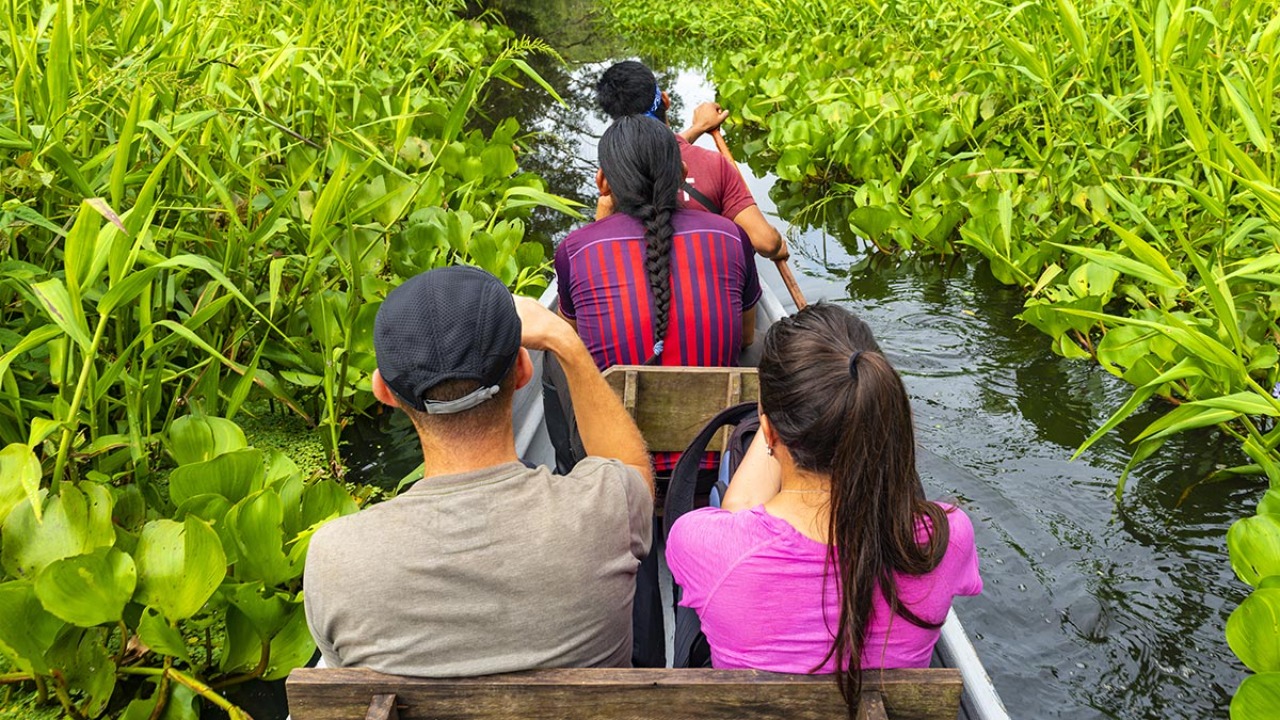In an era marked by growing environmental consciousness, sustainable travel and fashion have emerged as a powerful duo that allows individuals to explore the world while minimizing their ecological footprint. This eco-friendly trend is not just about wearing organic fabrics or opting for eco-tours; it represents a fundamental shift in how we approach our adventures, prioritizing responsible choices without compromising on style and comfort. Let’s delve into the world of sustainable travel and fashion, exploring how they are intertwining to create a more conscious and trendy approach to exploration.
Fashioning Sustainable Adventures

While sustainable travel is about the journey, sustainable fashion complements it by addressing what to wear during those adventures. The fashion industry has long been notorious for its environmental and ethical shortcomings, from exploitative labor practices to excessive waste. However, sustainable fashion is rapidly transforming the industry, offering eco-conscious consumers stylish alternatives. Eco-friendly clothing brands are leading the charge by using organic, recycled, or upcycled materials, reducing the environmental impact of textile production. They also prioritize fair labor practices and transparency in their supply chains, ensuring that workers are treated ethically and paid fairly. Thus, some eco-friendly people are even ready to buy the most expensive cowboy boots made of sustainable materials.
Sustainable fashion is not just about what you wear but also how you wear it. The capsule wardrobe movement, for instance, encourages people to invest in timeless pieces that can be mixed and matched, reducing the need for excessive clothing and minimizing waste. Additionally, clothing rental services and secondhand shopping are gaining popularity, allowing individuals to access stylish outfits without contributing to the cycle of fast fashion.
The Eco-Wanderlust Phenomenon
The desire to explore new places and cultures has been an inherent part of human nature for centuries. However, as the environmental consequences of mass tourism have become increasingly apparent, a new breed of travelers has emerged – the eco-wanderers. These individuals are not content with simply visiting a destination; they strive to leave it in better shape than they found it. Sustainable travel embodies the principles of ecotourism, emphasizing the protection of natural landscapes, the preservation of local cultures, and the reduction of carbon footprints.
Eco-Friendly Travel Practices

One of the pillars of sustainable travel is conscious transportation. Eco-conscious adventurers often choose modes of travel that have a lower environmental impact, such as trains, buses, or electric vehicles. They also opt for non-stop flights to reduce emissions and consider carbon offset programs to mitigate the impact of their travel.
Accommodation choices are equally vital. Sustainable travelers seek out eco-friendly lodgings that implement energy-efficient practices, waste reduction initiatives, and water conservation measures. Many even prefer to stay in locally owned establishments, ensuring that their money directly benefits the communities they visit.
Food is another focal point. Sustainable travelers prioritize dining at restaurants that source their ingredients locally and support sustainable farming practices. They also minimize food waste by ordering mindfully and carrying reusable containers.
The Symbiosis of Sustainable Travel and Fashion
The synergy between sustainable travel and fashion is evident in the rise of eco-conscious travel accessories and clothing lines. Travelers can now find luggage made from recycled materials, comfortable and breathable clothing designed for diverse climates, and accessories that are both fashionable and sustainable. For instance, clothing made from sustainable fabrics like organic cotton, bamboo, and hemp is not only comfortable for travelers but also environmentally friendly. These materials are biodegradable and often require fewer resources to produce, reducing their overall ecological impact.
Moreover, innovative technologies are making sustainable fashion even more travel-friendly. Fabrics with moisture-wicking and odor-resistant properties are ideal for active travelers, while those with UV protection are perfect for sun-soaked adventures. Many sustainable fashion brands also prioritize durability, ensuring that their products can withstand the rigors of travel, ultimately reducing the need for replacements.
In conclusion, sustainable travel and fashion are two trends that are converging to create a more eco-conscious and stylish approach to adventure. Eco-wanderers understand that the world is a precious resource, and by making responsible choices in their travel and fashion, they can contribute to its preservation while still indulging their passion for exploration. This trend isn’t just a passing fad; it’s a movement that empowers individuals to look good, feel good, and do good while on their journeys. As we continue to embrace this symbiotic relationship between sustainability and style, the future of travel and fashion looks both trendy and environmentally responsible.
